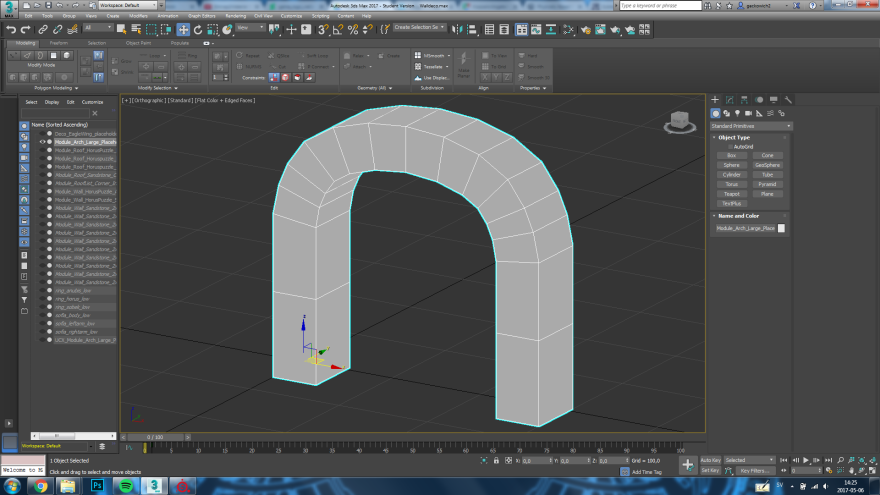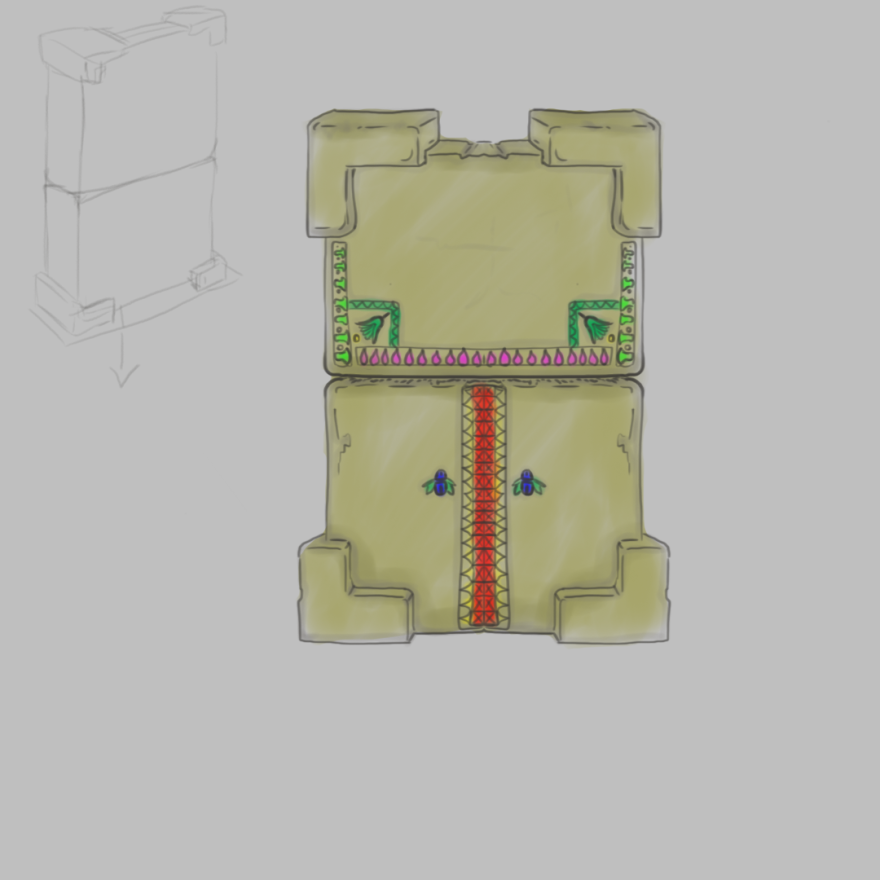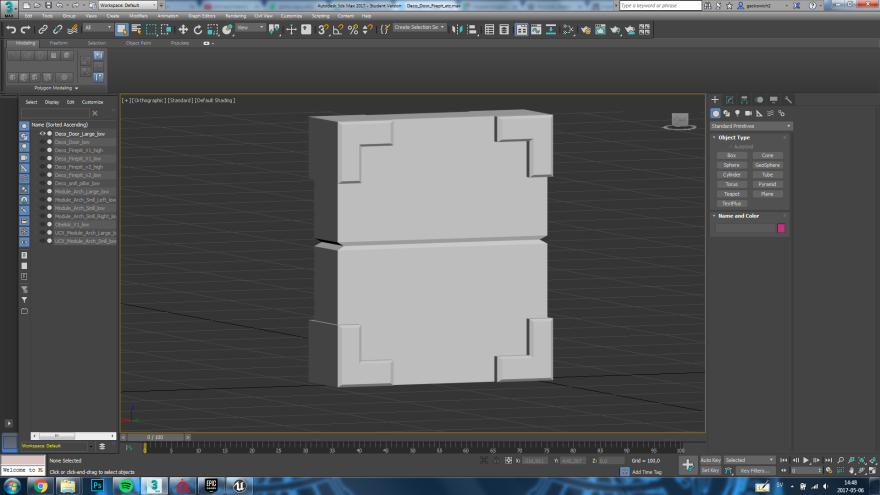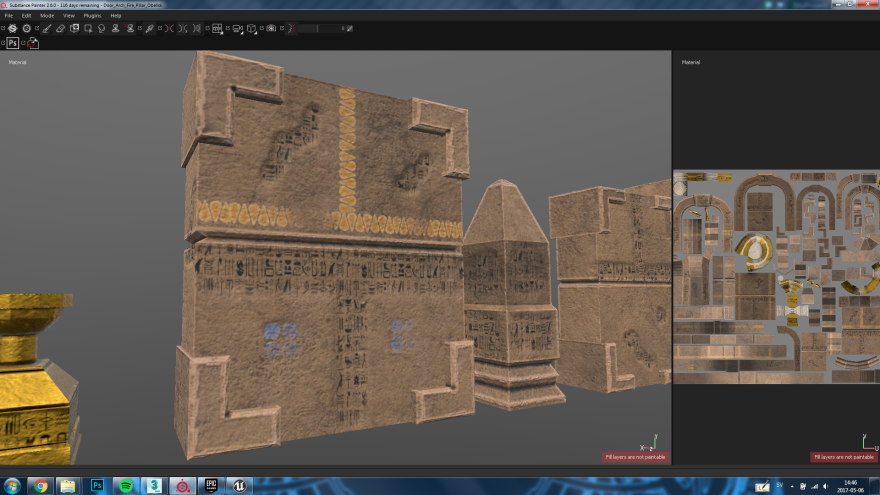Hello again!
It’s been a few weeks since my last post, and during this time I’ve been very busy. The programmers have done super well and made a functioning build of our game that we are currently play testing and hope we can send to our loved ones on monday.
Our game is a puzzle game, which means it’s focus group of player’s might not be people playing a lot of games. In can be people quite new to games, so we are going to use our loved ones and relatives to see if the game can be played by someone who isn’t very used to games. The reason for this is the simple reason that we all are gamers. And since we are gamers, we tend making games to other gamers. Gamers and non gamers have very different priorities when playing games. Enemies is an excellent example. People not playing many games want’s to avoid enemies since that is what they would do in real life in most situations: avoid confrontation. Gamers on the other hand would probably seek the enemies out, as a source for experience and new gear. Beyond that enemies can show the path the player should take to move to the next level, since empty paths usually means you’ve already been there.
My job the last few weeks has been to create the last placeholders for our game (placeholders are low quality items, furniture, walls, door etc) and with these populate the game world. Well, I didn’t put the placeholders in the world, that has so far been Thea job, a talented graphic artist in my group. While she’s been placing the placeholders in the world after the sketches and plans I showed in my last post, I started making high-end assets to replace the placeholders with.
Here is an example of a placeholder:

Here is the end result that is put in the game:

This has been a tricky, time-consuming job, but also insanely fun. What I am doing with each set is that I take a few assets that will share the same texture set, put them all into the same 3Ds max file and have them share the same UV map. As you see on the right in the example, that’s the 2D picture of all the texture on the objects in that 3Ds max file. After that I can save each object individually and place in unreal induvidually, but Unreal (the game engine we are working with) will still see that they share the same texture file. As long as I connect the texture set to one of the object in the scene, all the other objects sharing the same texture file will automatically instantly get textured.
What’s even better is that in Unreal (the actual game) you can simply select the placeholders that Thea has placed and replace them all with a new mesh, the textured high-end meshes I’ve made! This makes it easy to keep rooms and design exactly as they are, as long as the sizes and pivot points are exactly the same.
A lot of the things we place in the scene have no texture to start with. Some things like walls and similar we paint texture on in the engine (Unreal; in the game). These Kevin and Amanda in my group have more insight in, since I texture and model the meshes who do not use this method.
As a last thing, I can show you a door I’ve made concept art, placeholder, high-end mesh, and texture on! From scratch to finish so to speak! 😀
Concept art:

Low poly mesh:

End product:

Until next time!